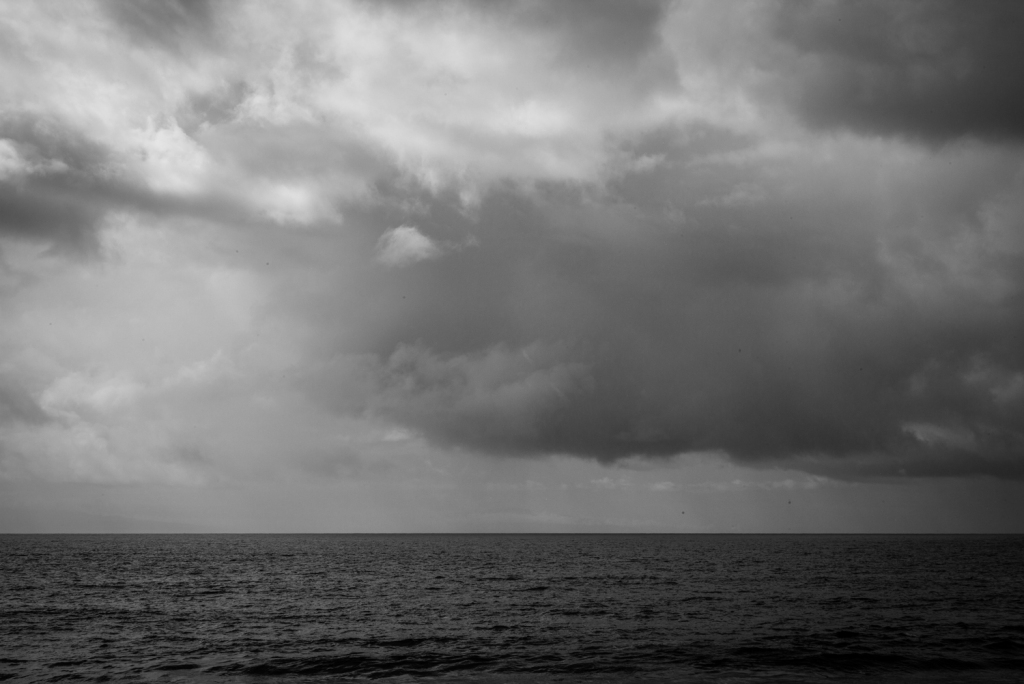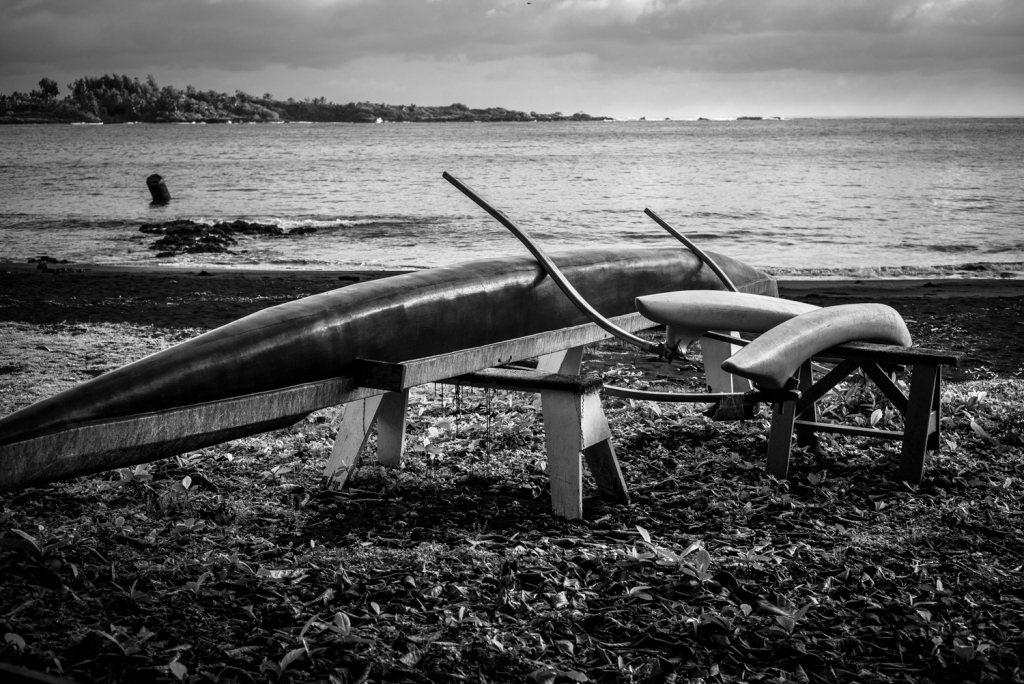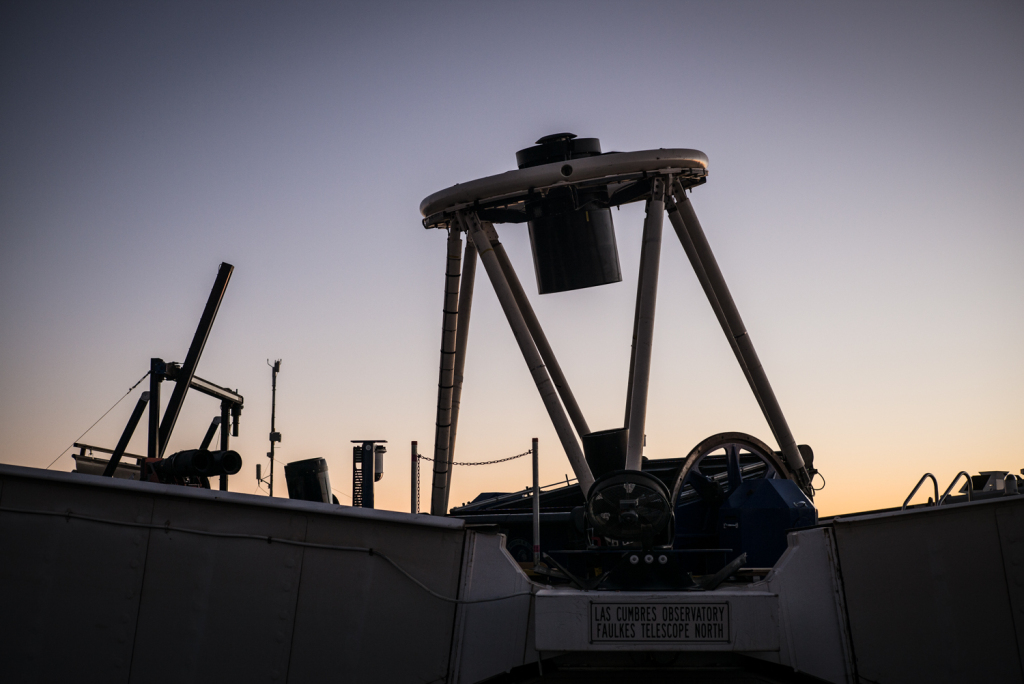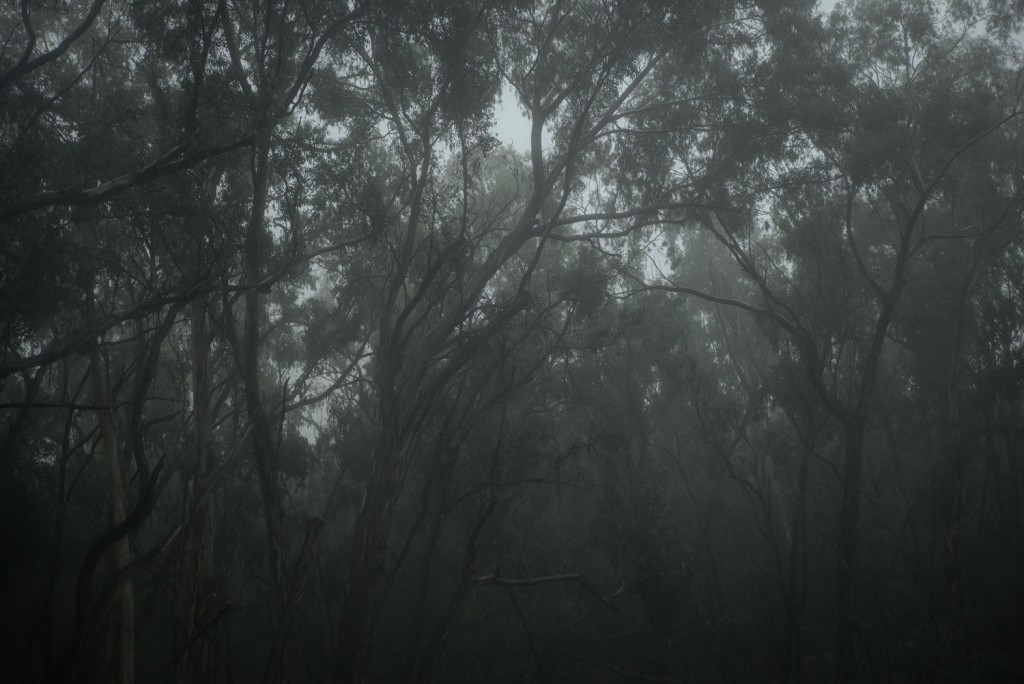 C.A.L.
C.A.L.
Charles Augustus Lindbergh, a US Air Mail-pilot, emerged to instantaneous world fame at the age of 25 as a result of his solo, non-stop flight from New York to Paris in 1927 in a single-seat, single-engine, custom-made monoplane, the „Spirit of St. Louis“. In his later years, Lindbergh became an award-winning author, an explorer and environmentalist – campaigning to protect endangered species like humpback and blue whales. Lindbergh’s writings emphasized both his love for technology and nature; as well as his belief that „all the achievements of mankind have value only to the extent that they preserve and improve the quality of life“. He spent the last years of his life here in the tiny village of Kipahulu, where he had found the seclusion he had been searching. On the graveyard behind the Palapala Ho’omau Church, next to East Maui’s rough, volcanic coastline, a simple stone reads Psalms 139:9: „… If I take the wings of the morning, and dwell in the uttermost parts of the sea … C.A.L.“
28.3.2016 / Maui, Hawaii
 POLYNESIAN ASTRONOMY II
POLYNESIAN ASTRONOMY II
Since the 1970s, there has been a rebirth of interest in Polynesian navigation and the astronomy that supports it – the movement set out to learn that particular ancient art and to studying the appearance of the skies over Polynesia. Moreover, they reconstructed the traditional Polynesian double-hulled voyaging canoe, the Hokule`a, and its ultimate non-instrumental navigation retracing the voyages of the ancients; due to the arrival of Cook in 1778 and subsequent arrivals of foreign ships, the Hawaiians were introduced to spyglasses, sextants, compasses, clocks, and charts, and adapted to that technology. The foreign ideas and techniques soon crowded out the ancient and extensive knowledge of the sky and most of this ancient lore has been lost and forgotten.
26.3.2016 / Maui, Hawaii
 POLYNESIAN ASTRONOMY
POLYNESIAN ASTRONOMY
I mentioned in my last post the utter remoteness of Hana. At Hana Bay, the use of traditional Polynesian-style canoes is still very vivid today. The early Polynesians were highly skilled sailors and navigators who sailed thousands of miles over open water between the Society Islands, the Marquesas, Easter Island in the East, the Hawaiian Islands in the North, and New Zealand in the Southwest. Scientists and historians believe that navigation was accomplished primarily by a thorough knowledge of the stars, their rising and setting points along the horizon and their meridian passage as a function of latitude. Of course, there were other indicators in nature that helped guide them: the winds, the waves, the ocean swells, cloud formations and smoke from the volcanoes (especially on the Hawaiian Islands) as well as birds and fish. On a more spiritual level, the demi-god Maui, especially, was known for such astronomical deeds as snaring the Sun to slow its passage across the sky, or of fashioning a magical fishhook (recognized in Western astronomy as the stinger in Scorpio) to fish up the Hawaiian Islands out of the deep ocean.
25.3.2016 / Maui, Hawaii
 ROAD TO HANA
ROAD TO HANA
Hana, “Heavenly Hana” – the end of the world on the other side of the volcano. One week to go on Maui, of which I will spend a few days here in Hana, a very secluded small town in the Southeast of the island. The drive to Hana, the „Hana Highway“, is infamous. Rated one of the most beautiful roads on the planet by countless sources, figures about the amount of tight curves, bridges and waterfalls vary. The „Hana Highway“ starts in Kahului and makes its way along the eastern shoreline of the island to Hana – 60 miles of rainforest-lushness via approximately 600 turns and 50 single-lane bridges (and, yes, just as many waterfalls). It is said that, due to its utter remoteness on the opposite foothills of Haleakala (the road has only been properly paved in 1981, and, as of today, the drive takes almost 3 hours – without stopping at each and every waterfall, that is…), Hana has preserved a special sense of Hawaiian authenticity… I’m curious to find out!
23.3.2016 / Maui, Hawaii
 FAULKE’S TELESCOPE
FAULKE’S TELESCOPE
No words yesterday after having heard and seen what had happened in Belgium, where I spent four very happy and important years of my life at art-school. As of today, I am back at it – having spent one more day at Haleakala Observatory photographing and filming (Thanks again, Mark!). Here’s the „centerpiece“ of LCOGT’s setup on Haleakala, the „Faulkes 2-meter Telescope“ – having just opened up the enclosure at sunset. This class of telescopes was manufactured by Telescope Technologies Ltd (now part of LCOGT) in Birkenhead, UK. Three of this class were made, two of which, Faulkes Telescope North (here at the Haleakala-site) and Faulkes Telescope South (at the Siding Spring-site, Australia), are part of the LCOGT network.
21.3.2016 / Maui, Hawaii
 ON TOP
ON TOP
Mark Elphick, LCOGT’s site-manager on Haleakala, has been so very kind in taking the time to show me around and explain everything to me at the observatory. In this image, the man with what must be one of the world’s most scenic workplaces, looks at LCOGT’s „Faulke’s Telescope North“, which had just opened up it’s enclosure shortly before sunset.
19.3.2016 / Maui, Hawaii
 UP
UP
The drive up the mountain is almost as incredible as the atmosphere on Haleakala itself. I mentioned the variety of eco-systems in a previous post, and the weather-conditions change in a heartbeat. While the winding road takes you up to over 10.000 feet in about an hour, conditions shift constantly – within the changing landscape. Sun, wind, rain, fog; from mighty forest to a desert-like “moonscape”…Astonishing to see and to be driving through.
17.3.2016 / Maui, Hawaii
 A MYRIAD OF COLORS
A MYRIAD OF COLORS
Close to Haleakala Observatory there lies the massive crater – measuring 3.5 x 12 kilometers, running 860 meters deep. The ancient Hawaiians never actually lived here, but came up here for religious purposes and to hunt birds. Distinct artifacts have been found in the crater. In more recent times, NASA took advantage of the crater’s “moonscape” to actually train astronauts for the Apollo-mission here. In this image, taken about 1 1/2 hours before sunset, the shadow of the summit sneaks in…
16.3.2016 / Maui, Hawaii
 HALEAKALA OBSERVATORY
HALEAKALA OBSERVATORY
Today was my first visit to Haleakala Observatory, formerly also referred to as “Science City”, located in a moon-like landscape at an altitude of 3055 meters. Driving up only 36 miles from Kahului (at sea level…), one passes as many ecosystems as driving from Alaska to Mexico.
15.3.2016 / Maui, Hawaii

HALEAKALA
This is mighty Haleakala, on top of which the observatory is located at 3055 meters above sea level… „Haleakala“ means „House of the sun“ – a massive dormant volcano that forms more than 75 % of the island. According to Native Hawaiian culture, the mountain was home to the grandmother of the demigod Maui, who gave the island its name. According to the legend, Māui’s grandmother helped him capture the sun and force it to slow its journey across the sky in order to lengthen the day.
